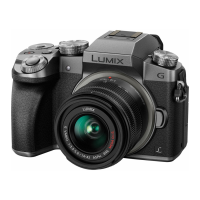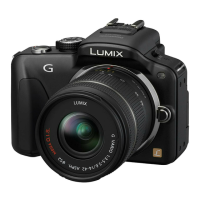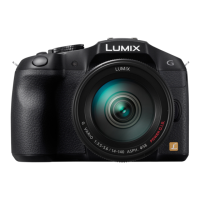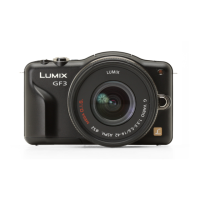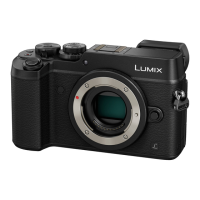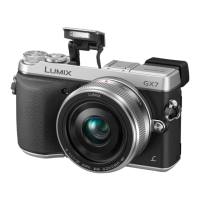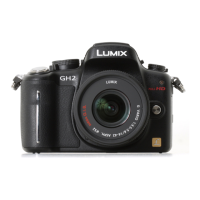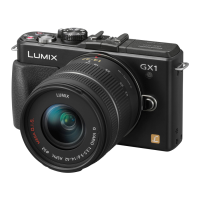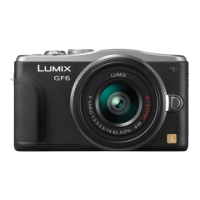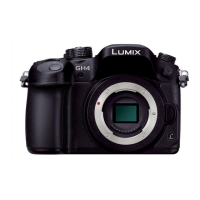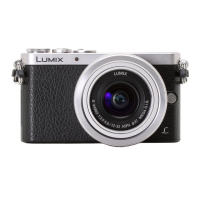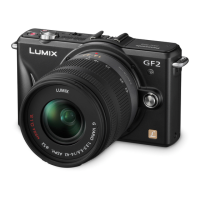VQT1U32
100
Advanced (Recording pictures)
For details on [REC] mode menu settings, refer to P27.
Type of optical measurement to measure brightness can be changed.
Applicable modes:
Note
•
When the AF mode is set to [š] while [C] is selected, exposure is adjusted to the face of a
person, and when it is set to [ ], exposure is adjusted to the locked subject.
For details on [REC] mode menu settings, refer to P27.
Using one of these modes, jitter during picture taking is detected, and the camera
automatically compensates the jitter, enabling jitter-free images to be taken.
Check that the [O.I.S.] switch on the lens is set to [ON].
Applicable modes:
Note
•
The stabilizer function may not be effective in the following cases.
– When there is a lot of jitter.
– When the zoom magnification is high.
– When using the digital zoom.
– When taking pictures while following a moving subject.
– When the shutter speed becomes slower to take pictures indoors or in dark places.
C [METERING MODE]
[C]: Multiple
This is the method in which the camera measures the most
suitable exposure by judging the allocation of brightness on the
whole screen automatically. Usually, we recommend using this
method.
[ ]: Center weighted
This is the method used to focus on the subject on the center
of the screen and measure the whole screen evenly.
[Ù]: Spot
This is the method to measure the subject in the spot metering
target A.
[STABILIZER]
[MODE1]: Jitter is always compensated during [REC] mode.
[MODE2]: The jitter is compensated for when the shutter button is pressed.
[MODE3]: Camera shake is corrected for up/down movements. This mode is ideal for
panning (a method of taking pictures which involves turning the camera to
track the movements of a subject which continues to move in a fixed
direction).
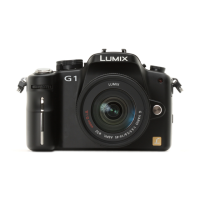
